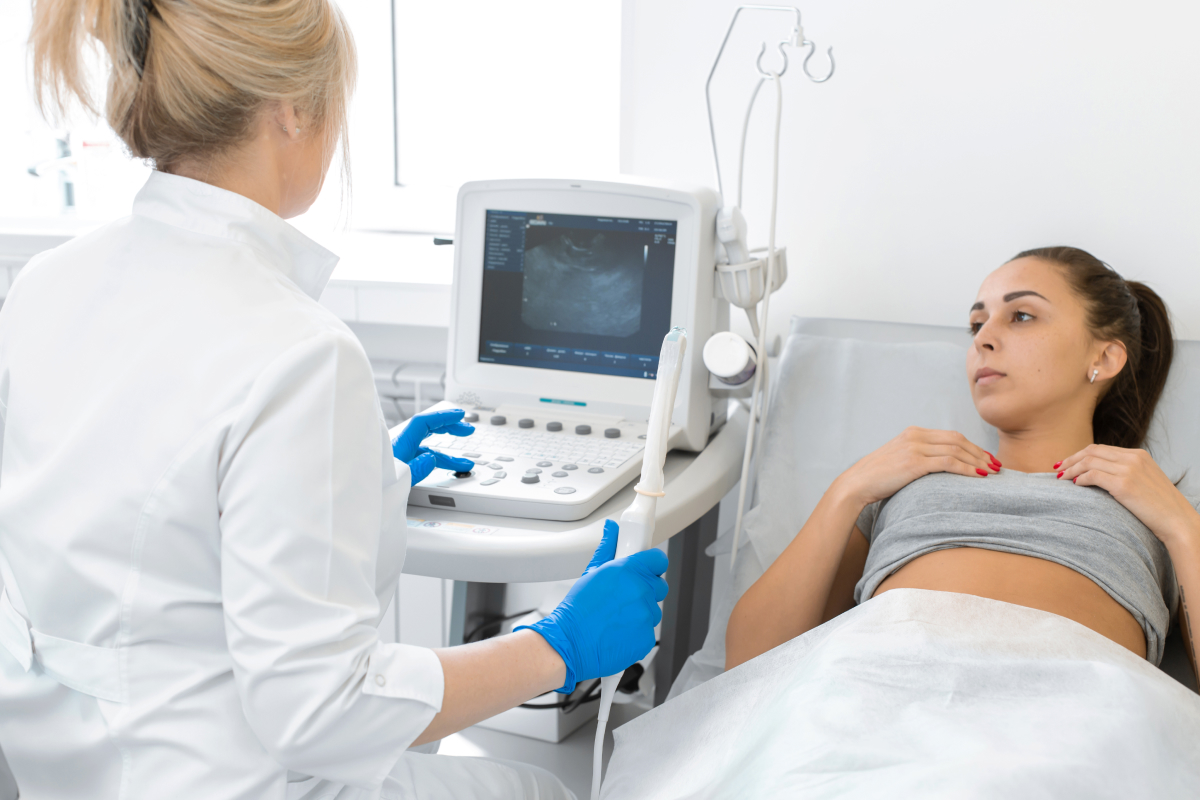Visit us in San Francisco
Academic standards. Pioneering research. Personalized care. Start your journey at the UCSF Center for Reproductive Health, located in Northern California's San Francisco Bay Area.
A saline infusion sonogram (SAS) is a specialized ultrasound used to visualize the cavity of the uterus.
This test is used to screen for structural abnormalities that might interfere with implantation or increase risk for miscarriage. Examples of these include uterine polyps, fibroids, scar tissue or a uterine septum. A FemVue is performed the same way as a saline sonogram. It involves an evaluation of the fallopian tubes in addition to the uterine cavity, to make sure the tubes are open. Saline sonograms and FemVues are performed in our office. During the procedure, a small amount of water is instilled into the uterus while a transvaginal ultrasound is performed and images are taken. Your doctor will use this information to determine if any further procedures are needed.
Saline sonograms and FemVues are performed between days 5-10 of your menstrual cycle. Please contact your Care Team on Cycle Day 1 (first day of full menstrual flow) to schedule your SAS/FemVue appointment. If your Cycle Day 1 is on a Saturday or Sunday, please contact your Care Team on Monday.
Most patients experience mild cramping during the procedure. If you have had an HSG procedure before, rest assured that it is typically quicker and less painful than the HSG. To minimize cramping, we recommend that you take 800mg of ibuprofen 30-60 minutes prior to your appointment.
We ask that you take a home pregnancy test the morning of the procedure. If you are unable to do so, you will be asked to provide a urine sample for a pregnancy test when you arrive to the clinic. We understand that this can be a sensitive test to do, but for your safety it is required before performing the procedure.

The procedure starts like a typical gynecologic exam, with placement of a speculum to visualize the cervix. If your SAS/FemVue is being performed as part of the workup for an IVF cycle, a test transfer will be done at this time. This is simply a measurement of the curve of the cervix and depth of the uterus using the same type of catheter that we will use to transfer an embryo, so that we have a “roadmap” prior to the actual embryo transfer itself. A second catheter is then placed in the cervix and is used to instill water into the uterus. The speculum is removed, and a transvaginal ultrasound placed to visualize and take images of the uterine cavity.
The physician performing the procedure will discuss the results with you, and your primary doctor will review your ultrasound images as well. If any additional testing or procedures are needed, your doctor will contact you to discuss this further.
You may have cramping, bloating, spotting and/or watery discharge after the SAS procedure, which can last for up to 24 hours. You can resume your normal activities without limitations. Please contact your Care Team right away if you experience severe abdominal pain, fever >100° F, or heavy vaginal bleeding after the SAS procedure.
Academic standards. Pioneering research. Personalized care. Start your journey at the UCSF Center for Reproductive Health, located in Northern California's San Francisco Bay Area.